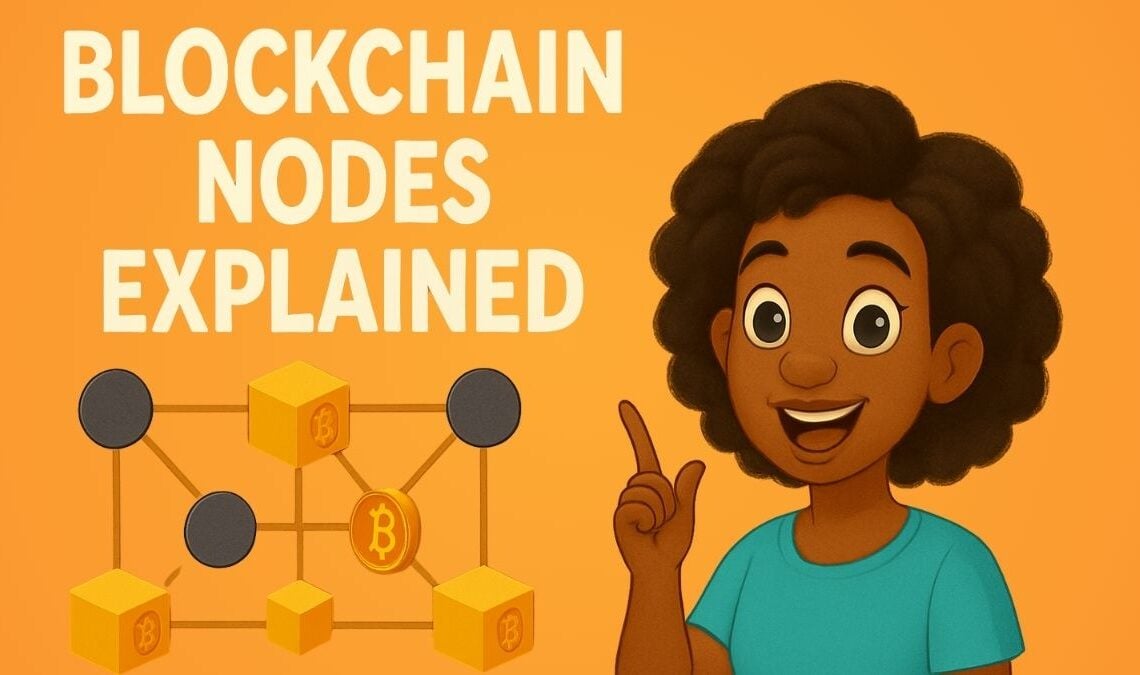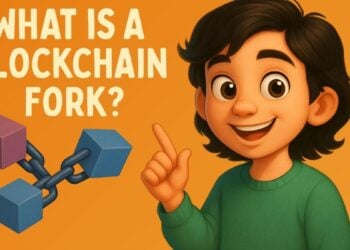Every blockchain network relies on one essential component to function: the blockchain node. These silent workhorses are responsible for maintaining the integrity, security, and decentralization of digital ledgers like Bitcoin, Ethereum, and newer chains like Solana or Avalanche. Without nodes, blockchains wouldn’t be able to process transactions, reach consensus, or even exist.
Understanding what blockchain nodes are—and why they matter—is crucial for anyone exploring the foundations of Web3.
What Is a Blockchain Node?
A blockchain node is a device (usually a computer or server) that connects to a blockchain network and participates in its operations. Depending on its role, it might store a copy of the entire ledger, validate transactions, or act as an access point for applications and users.
Nodes continuously exchange data with one another to stay synchronized. This peer-to-peer communication ensures that every honest node shares the same version of the blockchain, preserving the integrity of the system without relying on a central authority.
Why Blockchain Nodes Matter
Blockchain nodes are critical because they enable the very features that make crypto unique: decentralization, immutability, and trustless consensus.
When a new transaction is broadcast, it’s picked up by nodes across the network. These nodes validate the data, propagate it, and eventually include it in a block. Without this process, blockchains couldn’t guarantee that data is accurate—or that it even exists.
Nodes also ensure transparency. Anyone running a node can verify the state of the ledger themselves, without needing permission from an institution or third party.
Different Types of Blockchain Nodes
Not all nodes serve the same purpose, but they all contribute to the overall health of the network. The most common types include:
1. Full Nodes
These store the entire blockchain history and validate all blocks and transactions. They’re vital for keeping the network secure and consistent.
2. Light Nodes (or SPV Nodes)
These only download the headers of blocks rather than the full data. They’re often used in mobile wallets or lightweight apps.
3. Validator Nodes
Used in Proof of Stake systems like Ethereum or Solana, validators confirm new blocks in exchange for rewards and help maintain consensus.
4. Archive Nodes
Similar to full nodes but with complete historical data including state changes. Useful for querying specific smart contract data.
5. RPC Nodes
These act as gateways between users (or apps) and the blockchain. RPC (Remote Procedure Call) nodes are often used by dApps to access blockchain data efficiently.
Can You Run a Node?
Absolutely—and doing so can offer real benefits. Running a node allows you to verify your own transactions, participate in network governance, and—in some cases—earn rewards. While setting up a full or validator node requires technical know-how, many blockchains (including Bitcoin, Ethereum, and Shardeum) offer guides and tools to simplify the process.
Some blockchains also allow users to rent node infrastructure through providers like Infura, Alchemy, or Ankr, offering a middle ground between decentralization and usability.
Final Thoughts: Why Blockchain Nodes Are Vital in 2025
In a world where Web3 powers everything from DeFi and gaming to identity and communication, blockchain nodes remain the foundation that makes it all possible. They don’t get as much attention as coins or smart contracts—but without them, there would be no decentralization, no security, and no trustless systems.
By learning how blockchain nodes work, you’re not just peeling back the curtain on crypto—you’re discovering the engine that keeps it running.
















